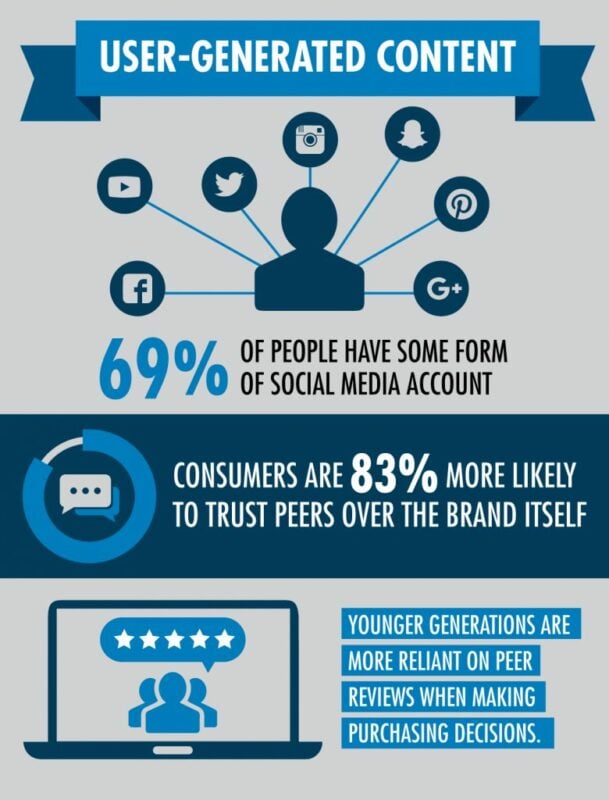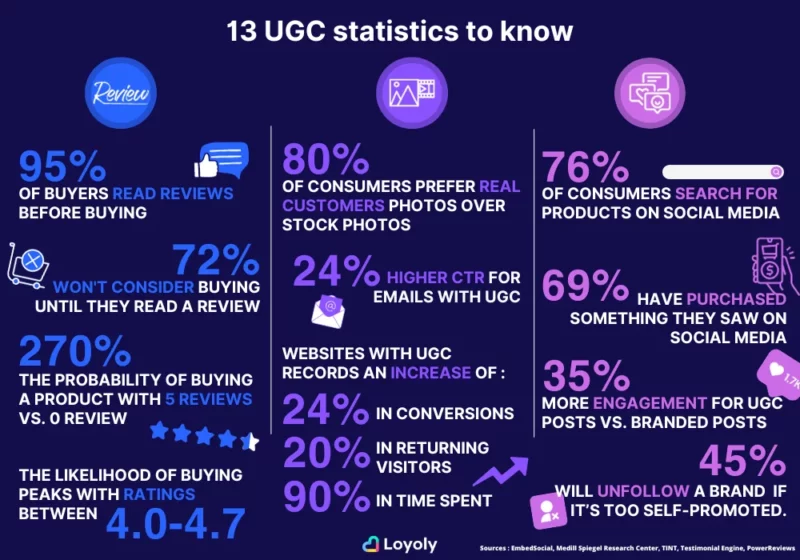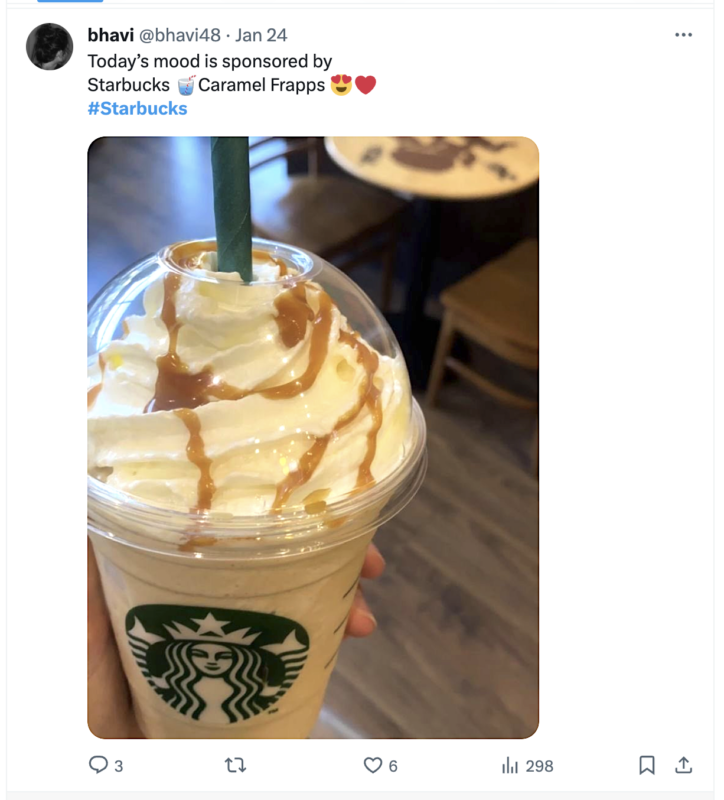User-generated content (UGC) has transformed how we interact on popular platforms like Instagram and Facebook. It encompasses a wide range of content forms, created and shared by users.
Enter customer-generated content (CGC), a specific type of UGC that focuses on content from customers who have firsthand experience with a brand’s products or services.
In this post, we look at the difference between UGC and CGC. Knowing the difference is important for marketers and content creators and can help you craft strategies that engage audiences more effectively and authentically.
Understanding UGC and CGC
User-generated content (UGC) includes any content created by users on digital platforms without being asked by brands. This could be a tweet about a loved coffee shop or a blog post about a trip. UGC is important because it helps build community and engagement, letting users share their thoughts and opinions freely.
Customer-generated content (CGC), however, is about content from customers who have used a brand’s product or service. This ranges from videos of opening a product to detailed reviews on social media. CGC is very valuable because it is genuine and helps build trust with potential customers, making it a strong tool for influencing their choices.
Why should this matter? Well, 69% of people use some type of social media, and estimates vary but between 80% and 90% of people are more likely to trust a brand that’s recommended to them, even if it’s by strangers:

Let’s look more into what makes UGC and CGC different, focusing on their unique features and effects:
- UGC is wide-ranging and can be about anything, not just brand experiences.
- CGC is more focused, coming from customers sharing their experiences with products or services.
- CGC’s realness leads to higher trust and credibility, which can influence others more than UGC.
- While UGC broadly builds community and engagement, CGC offers specific, useful insights into a brand’s products.
Key Takeaway: Understanding the difference between UGC and CGC is crucial for using their strengths to build brand trust and engagement.
Key Differences Between UGC and CGC
The main difference between UGC and CGC is who creates the content. Anyone online can create UGC on any topic, whether it’s about a brand or not. This makes UGC flexible but not very specific:

CGC, however, comes from customers who have used a brand’s products or services, giving focused and relevant feedback. Here’s an example of a CGC by a Starbucks customer:

Another key difference is the reason for sharing the content. UGC is often shared for fun, to inform, or to express oneself, without aiming to promote a brand.
In contrast, CGC is shared to talk about specific experiences with products or services, offering valuable feedback for brands and potential customers.
With these differences in mind, here are some tips for using UGC and CGC in your content strategy:
- Encourage UGC by running contests or challenges on social media to get more visibility and engage your community.
- For CGC, set up a system or rewards program that makes it easy and appealing for customers to share their experiences.
- Use UGC to show the wider appeal and community around your brand, improving its image and trust.
- Use CGC in your marketing materials and on product pages to provide real evidence of satisfaction and quality.
Key Takeaway: By knowing and using the differences between UGC and CGC wisely, brands can increase engagement, build trust, and encourage more sales.
Final Word on UGC vs. CGC
Understanding the difference between user-generated content (UGC) and customer-generated content (CGC) is important if you want to build real connections and loyalty with your brand’s audience.
When you use both UGC and CGC in your marketing, you’re not just showing off your community’s voice but also the real stories of your customers. This strategy can make your brand seem more authentic, trustworthy, and attractive in a competitive market.
If you’re ready to level up your digital marketing, Single Grain’s marketing experts can help!👇
For more insights and lessons about marketing, check out our Marketing School podcast on YouTube.



